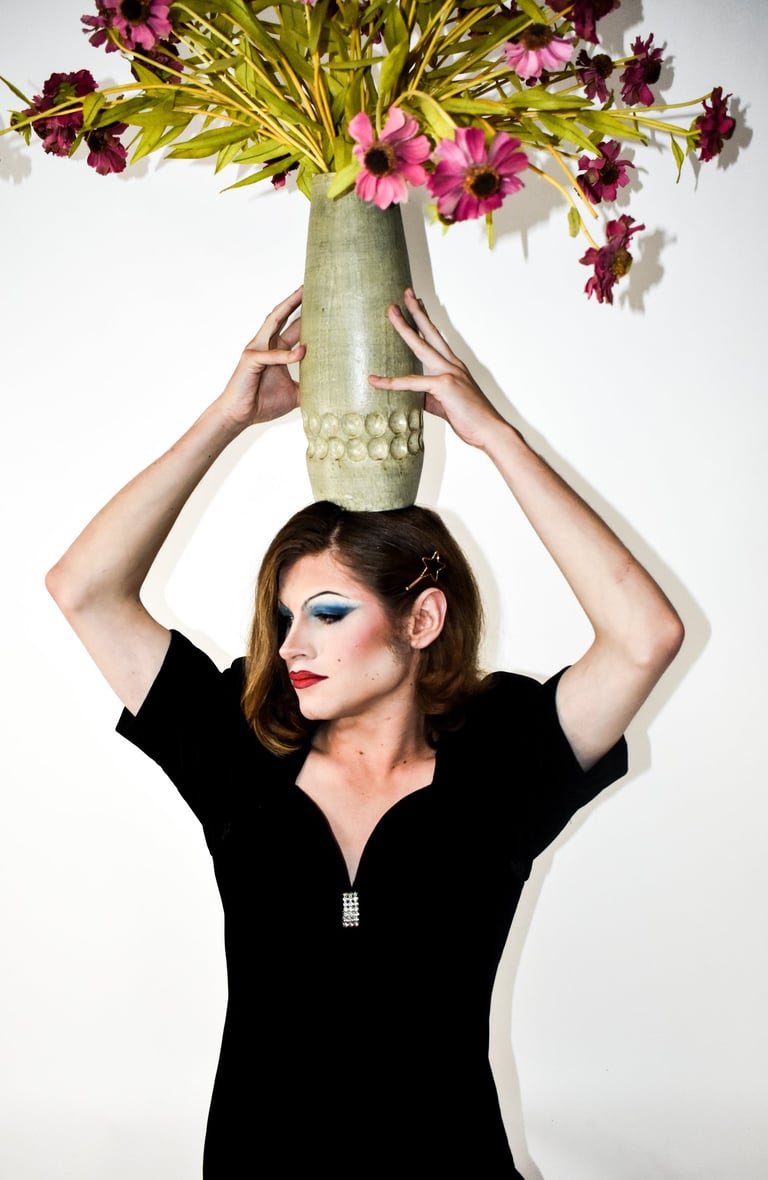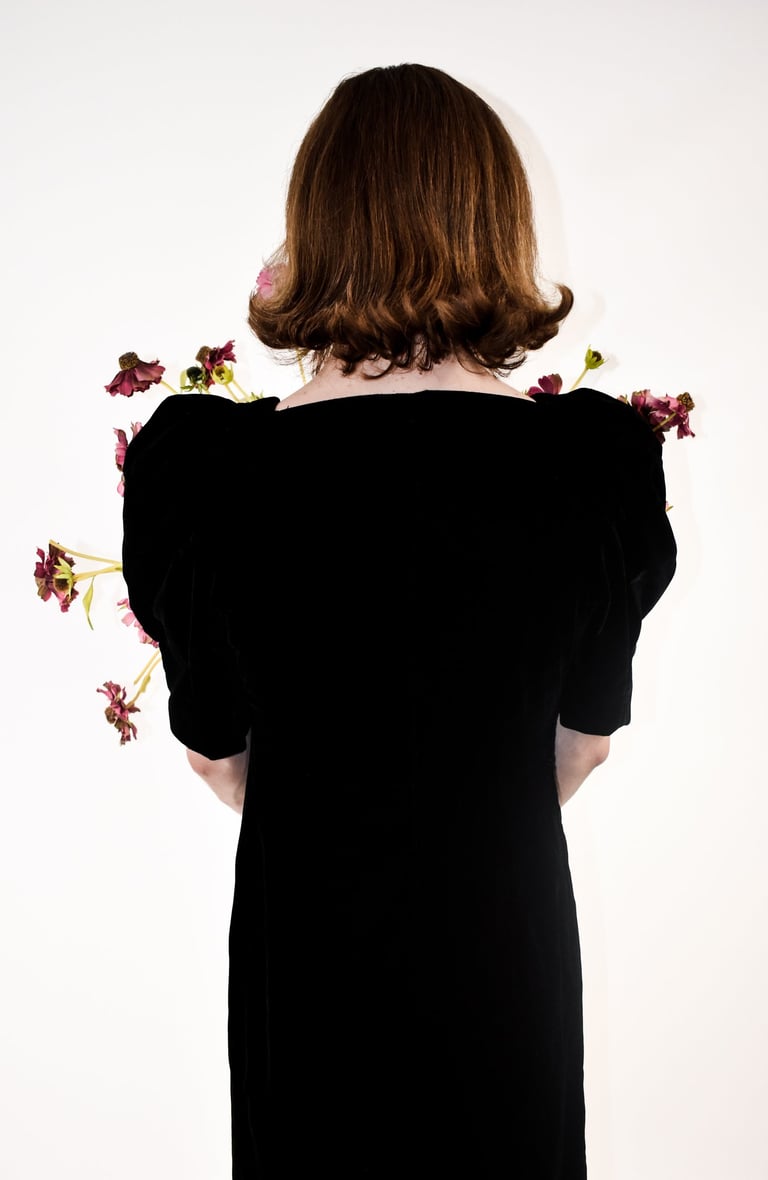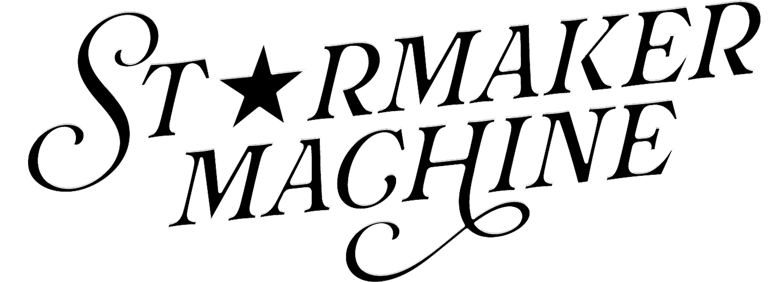Turn and Face the Strange | Dale Peterson in Conversation
By Kitty Quinn, Photographed by Milan Lazovski, Styled by Kitty Quinn & Milan Lazovski
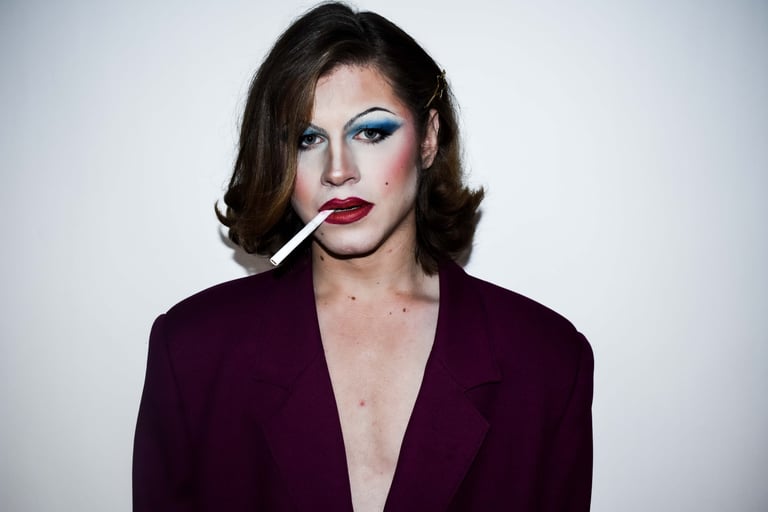

It’s about time the world is introduced to Dale Peterson. Or, as the members of Starmaker like to call him, Dolly Brûlée! He is a character who insists on walking barefoot and climbing trees donning drag and a black velvet dress, a child of nature even bespoke in an assortment of artificiality. He is no ingenue, but there’s a quality of child-like innocence and wonder to him that makes him feel familiar, like a hug or a midsummer’s day. Dale is a breath of fresh air, comfortable in his masculinity to an extent where wearing a dress and heels, or even makeup, did not stunt his performance in front of the camera. His demeanor was unmoved, save for an extra kick of cheekiness. He carries himself pleasantly, naturally, and with an integrity that is scarcely seen in others. He has an open mind and welcomes change like a chameleon. Above all else, Dale holds music close to his heart, and his photography closer. Starting out by photographing nature and friends, he has now merged his admiration for music and eye for capturing photos through concert photography. Popularly showcased on his Instagram page are local Detroit acts like Mac Saturn and Lyons, who have both featured his unique photography on numerous occasions. Catch him talk about his life, photography and love for music with Starmaker’s very own, Kitty Quinn.
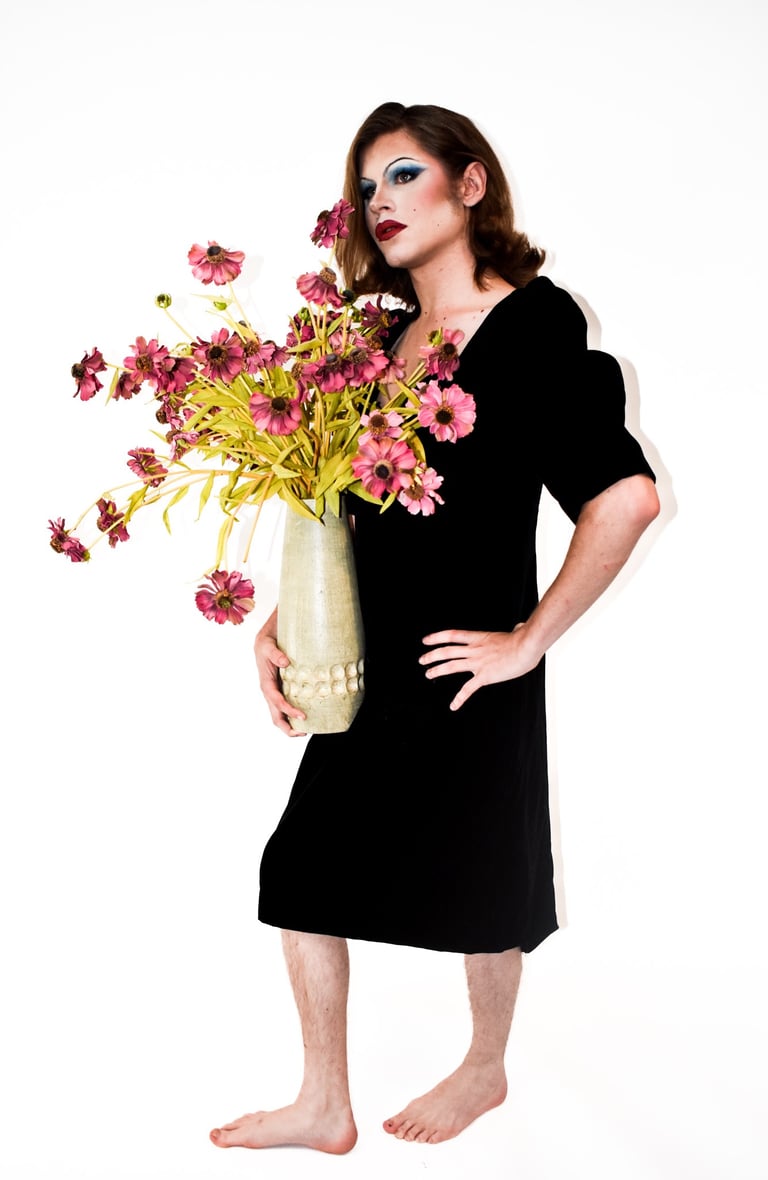

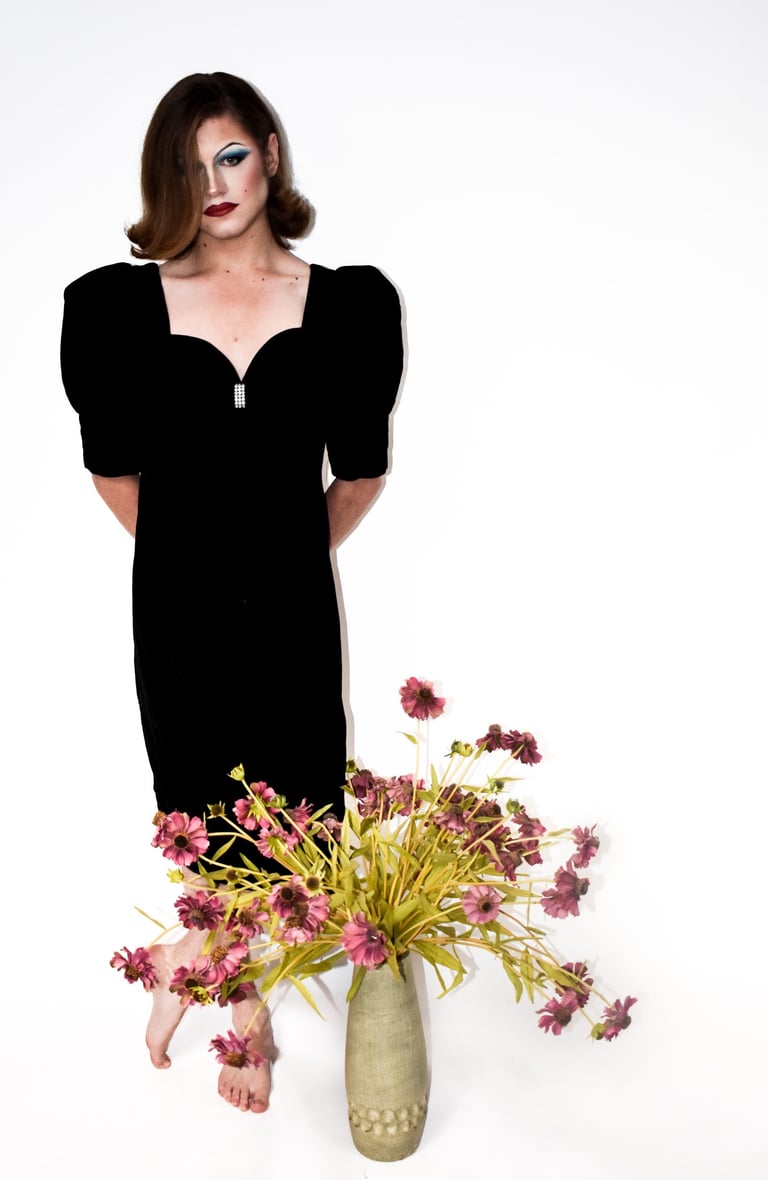

KITTY QUINN: Let’s start off by getting to the root of things, you know what I mean? What would you say is your biggest source of inspiration?
DALE PETERSON: Hm. Probably, I mean, it all started to come together really—I’d say, 7th or 8th grade when I discovered Andy Warhol and then Ansel Adams. I kind of combined my passion for nature, as well as music and art and everything, so I think they were my biggest influences from an early age. Then also people I met growing up who had done a combination of nature photography and bands and obscure, avant-garde kinds of art. People like my friends Robert and Ashley really influenced me in high school.
QUINN: So, speaking of people like Robert in your life, who would you say encourages you the most regarding your work?
PETERSON: Definitely Connor, who has been a friend of mine for as long as I can remember. I’d definitely say he’s been there at the root of everything, since the beginning. He’s always had my back, which has been deeply, very inspiring.
QUINN: You kind of mentioned how in 7th grade you got into photography, but what age did you realize that it was really something that you had a passion for?
PETERSON: Probably, as long as I can remember. I think my first word that I ever learned, from what my dad had told me, was “green”. We’d go on hikes together all the time and he would point out different leaves and apparently, I’d run up to every single leaf and just say “green”. That was the first word that I knew, so I think that my earliest memory was nature. I’d say I’ve spent around 70% of my life outdoors, so I really picked up a lot of my inspiration there. I wanted to capture the beauty of nature and simple things like that. That’s really what started photography for me— I just wanted to look back at nature, the simplicity and complexity and complete serenity of it all. I didn’t know it could be photography at that point until I finally got a camera and started capturing those moments I was experiencing.
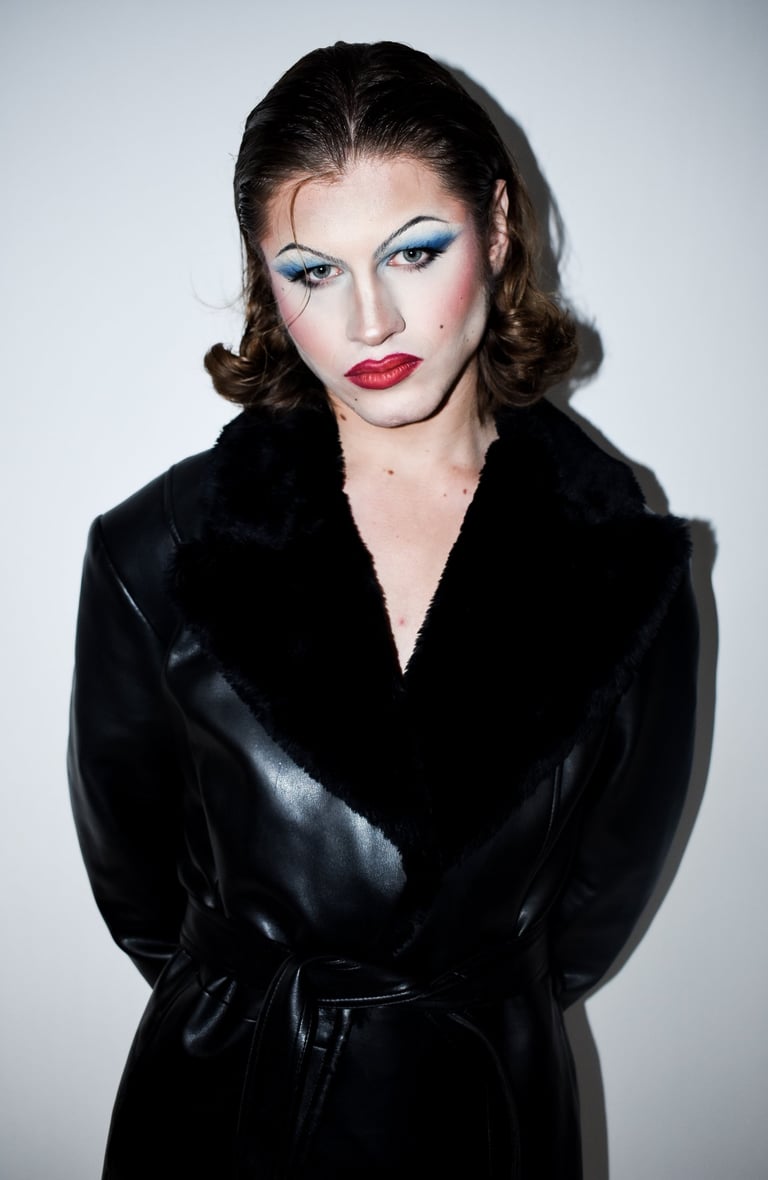

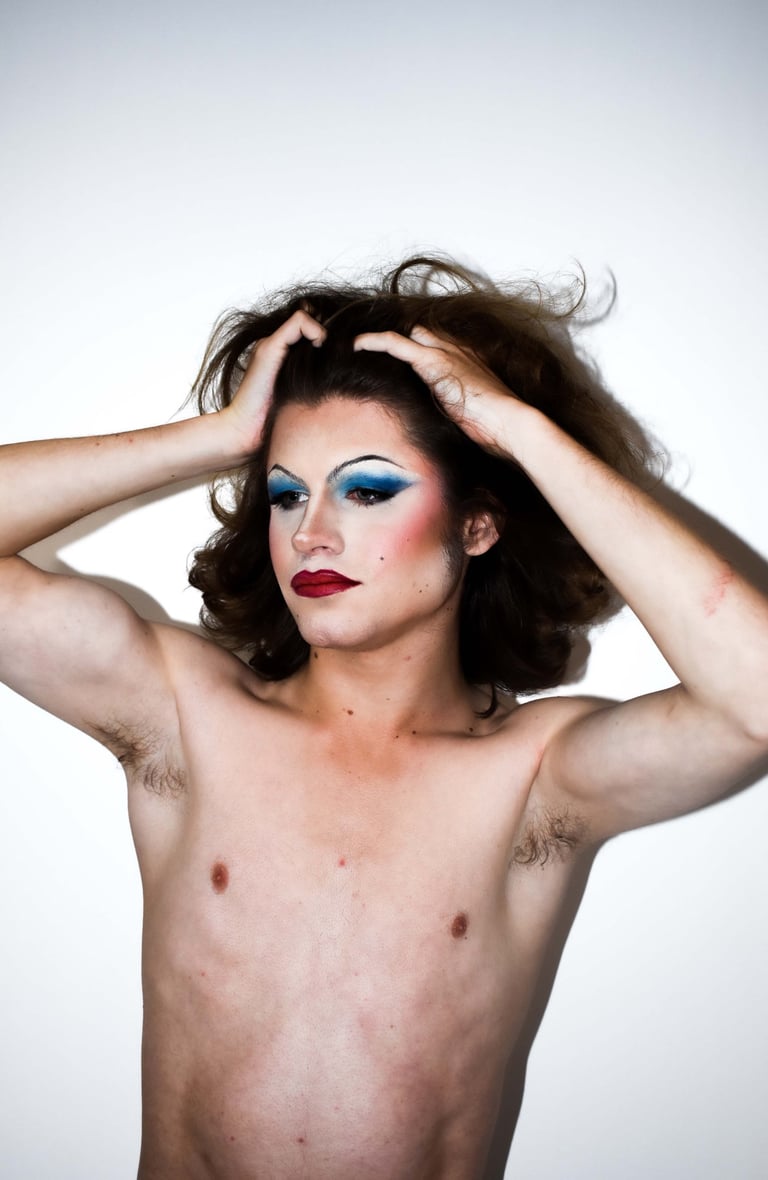

QUINN: What kind of style of photography do you see yourself continuing to do in the future? Like, do you think that you’re going to continue to do concert photography and also do nature photography, or one or the other? or do you see yourself just going with the flow?
PETERSON: I want to do both. I think deep down my biggest passion will always be nature and going out west, traveling, and exploring the national parks. That is really my long-term goal, but music is really on par with that. It’s a really deep and meaningful thing in my life that has completely transformed me and really healed me, too. I think they’re both equally important so I’d like to find a balance between both. I couldn’t choose between one or the other.
QUINN: Yeah, that really resonates with me too with music and other passions in my life. Since we’re on the topic of music, do you think you could briefly describe your relationship and history with falling in love with music?
PETERSON: Well, I think it’s all really rooted from my dad. He has a very extensive record collection and I grew up on that. As far as I can remember I was listening to The Beatles and Van Morrison and Joan Baez. Then I discovered Led Zeppelin, and it all really came from that record collection. That’s all I knew growing up, I didn’t really pay attention to modern pop hits or anything. I wouldn’t even know who Kanye was for the longest time, I just knew Paul McCartney and Nick Drake, and Rory Gallagher. I really give it all to my dad and friends.
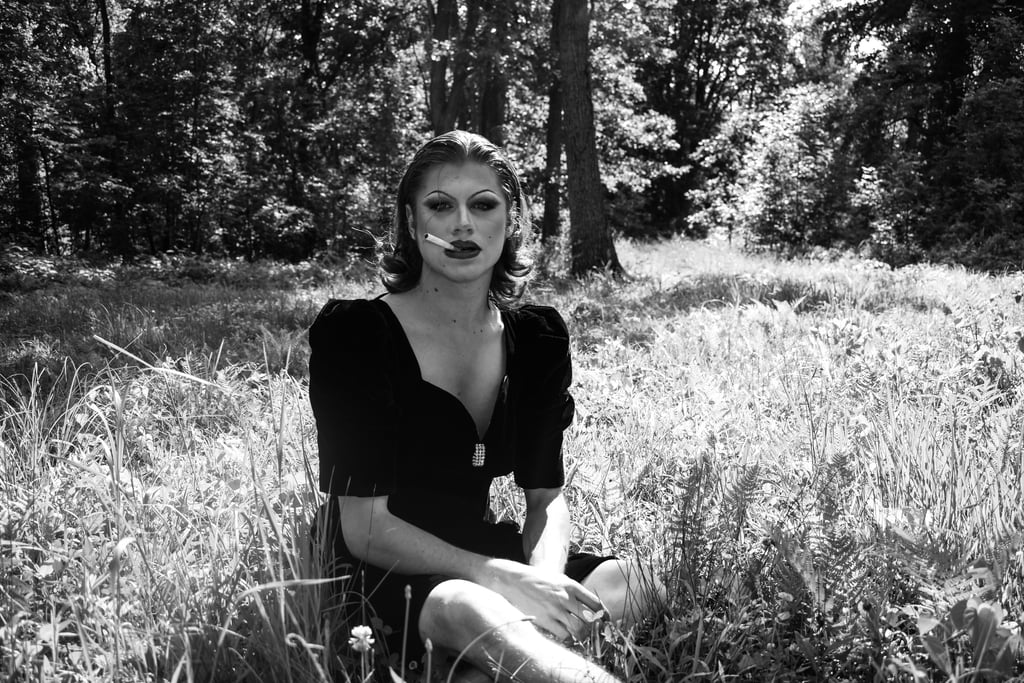

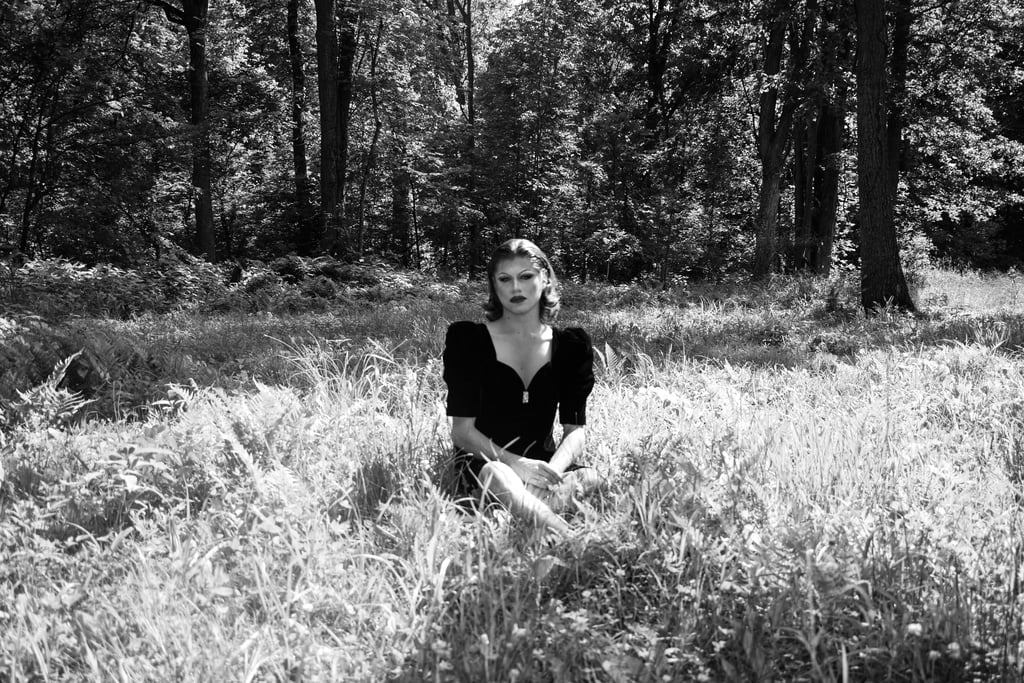

QUINN: Do you feel like by going to primarily rock shows, you have met people that relate to you on that level with music? You talked about not knowing many mainstream artists, so do you feel like by going to these shows and meeting these people that you’ve found a sense of community?
PETERSON: Oh yeah. 100%. Definitely. It’s been hard because, you know, a lot of people can agree and I’m sure you can too. It’s like, growing up in the generation that we grew up in but having a deep passion for art and history— the music that we love, there’s not a lot of people who understand its significance. When you finally have grasped that for yourself and find people who really relate to that and understand it, it’s one of the most fulfilling things you can experience. At least for me, it’s been deeply rewarding to meet people who feel that same sense of importance in relation to older music and culture.
QUINN: What brought you down the avenue of concert photography, to begin with and how did you find the bands that you primarily do photos of?
PETERSON: My friend Rome from the early stage started playing blues-rock guitar and was very influenced by Stevie Ray Vaughn. I remember him telling me about “Pride and Joy” and playing it for me and blowing me away with it. I went to his shows, and in November of my freshman year I finally got a camera and I decided to start photographing things. I started with nature, but I thought maybe I’d photograph Rome at his shows. I really liked that and thought it was cool. It was different, it was a new experience. It was cool to be part of that energy. Senior year of high school, a band called The Doozers asked me if I could be their photographer and I was with them for about a year. That was really my first exposure to concert photography.
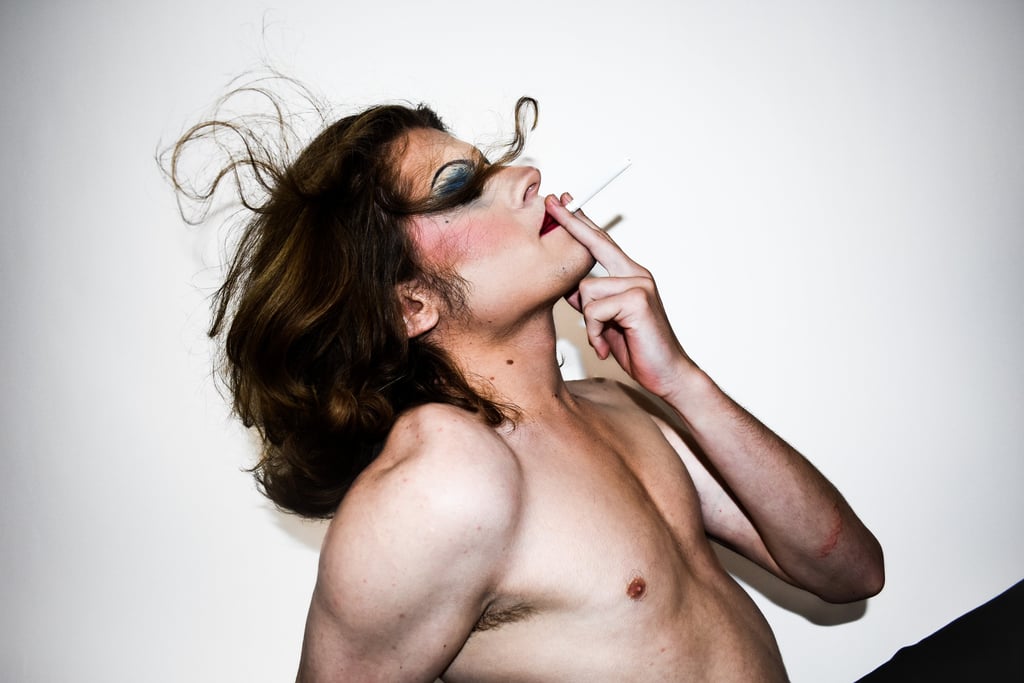

QUINN: What kind of advice would you give to others seeking to expand their horizons and get into concert photography?
PETERSON: I’d say, in general, whatever your passion is, whatever it is that you’re drawn to— photograph that. Focus on that. If there are local shows coming up or gigs you know of, just go to them and bring a camera or your phone and start taking pictures. Whatever seems right to you. Post it, send it to the band and from there it will go where it goes. That’s what I did and I don’t know where it’s going to go or where it is, but it just is.
QUINN: Did you think you’d be where you are a year ago?
PETERSON: No. [laughs] I don’t even know where I am right now, to be honest with you. I’m just here and it’s really good and I’m just trying to do what I can in this moment to make the most of what it is.
QUINN: What is something that you live by? Like, something that has stuck with you for a long time that you feel like you’ll always live by.
PETERSON: There’s three people I’ve been very influenced by like John Muir, who was a transcendentalist writer from the 1800s. He wrote essays and poems about the wilderness. He would just spend time secluded in nature and write about the beauty of it all and how we’re connected to it. One of the things he said was, “every time we go into nature, it’s a glimpse into one’s self”. Then, there was also Chris McCandless, who the book Into The Wild is about. In the 90s, he left home and gave up his material possessions, and hitchhiked out west, planning to make his way to Alaska alone. He ended up lasting for a year. Unfortunately, he made a mistake and ate poison berries, which led to an increased rate of starvation and he passed away. Before though, he found this abandoned bus out in the middle of nowhere, it was on an island and he was stranded, so he would carve things like poems and lyrics onto the bus. One of the last things he wrote was, “happiness is only real when shared”. In terms of cinematography and photography, definitely watching David Attenborough documentaries showed me what we could do with a camera to really showcase the beauty of nature.
QUINN: Do you have any other thoughts you’d like to share before I let you go?
PETERSON: I would say, whatever it is that you feel in your heart, go after it. Never doubt yourself. Be honest with yourself. Be open, be present in every situation you’re in; it’s good to be curious and question. Take what you can from life and learn. You’re bound to be led wherever you’re meant to be. Stay true to yourself, as cliché as it sounds. Remember what’s important to you and don’t abandon that
